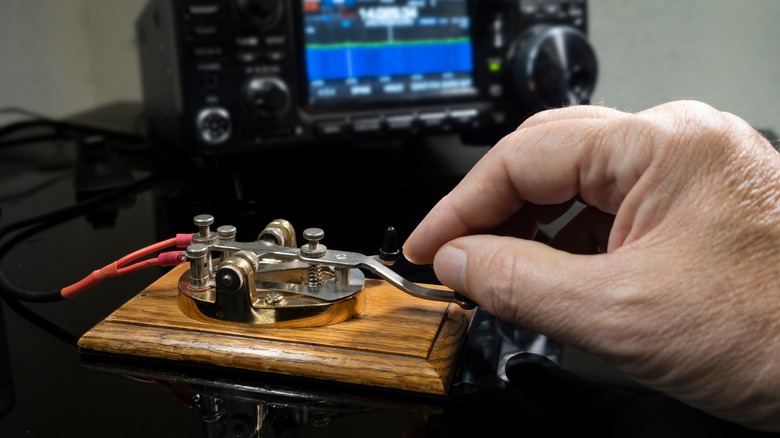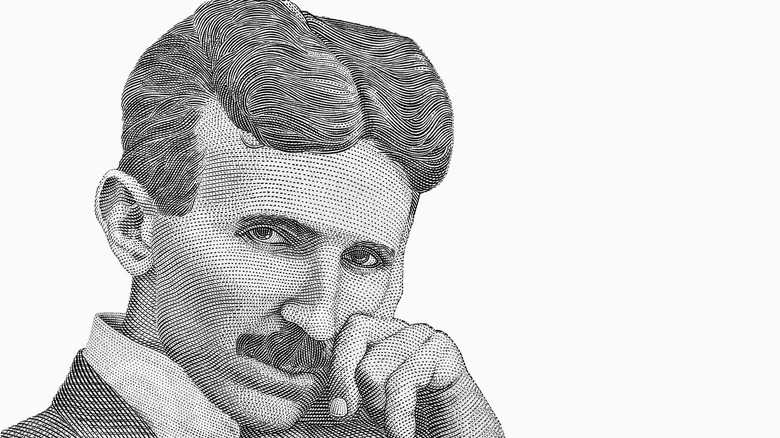What Radios Were Really Invented For
The radio has become a staple in homes and cars today, allowing people all over to connect to their favorite shows, listen to the latest music, and get important weather announcements. While music streaming services have become popular in recent years, the radio still reaches a large number of people. During the average week, the radio reaches around 82.5% of adults in the United States, making it one of the widest-reaching and most powerful mediums today (via Statista).
According to Thought Co., the radio would not have been developed without the invention of two other important technologies: the telegraph and the telephone. These three technologies are similar because they harness the use of electromagnetic waves known as radio waves, the existence of which was confirmed by physicist Heinrich Hertz in the late 1880s (via NASA). Interestingly, the radio, an influential piece of technology that we now take for granted, has a complicated history and even some controversy surrounding its creation.
Before the radio, there was wireless telegraphy
Before the radio became what it was known as today, scientists were working to understand how radio waves functioned in the first place. According to Britannica, a Scottish mathematician by the name of James Clerk Maxwell was the first to propose the existence of electromagnetic waves like radio waves. Physicist Heinrich Hertz built off of Maxwell's work, proving the existence of radio waves (via NASA).
Before the discovery of radio waves, wireless communication did not exist. In fact, it wasn't until 1866 that Mahlon Loomis, a dentist in the United States, was able to demonstrate the first instance of wireless aerial communication. He did this by causing a kite connected to a meter to move using a meter connected to another nearby kite in the first ever demonstration of wireless communication, according to Thought Co. While Loomis was the first to achieve wireless communication, he did not go on to invent the first radio. Instead, that was accomplished by several others in the late 1800s.
Several inventors filed for patents for the first radio device
There are many arguments surrounding the invention of the first radio. According to Radio Fidelity, Guglielmo Marconi and Nikola Tesla both applied for patents for wireless radio transmitters around the same period of time. While it is unknown which of these inventors actually created it first, in 1943, the Supreme Court overturned Marconi's patent in favor of Tesla's, making Nikola Tesla the inventor of the wireless radio transmitter, at least on paper (via Thought Co.).
While we primarily use the radio for music and talk shows today, it was not originally invented for this purpose. Before the 1920s, wireless radio transmitters were mainly used to communicate between ships and those on shore (via Science Museum). Since wires could not be run across large bodies of water, wireless telegrams were sent in Morse code using radio waves. A receiver on either end would pick up the signal, allowing communication over long distances. According to PBS, it wasn't until 1906 that the first human voices were sent using radio waves, permanently changing the game and creating the radio we know and love today.


